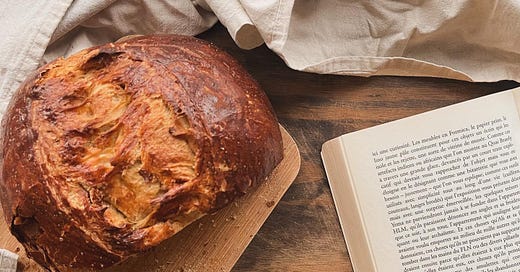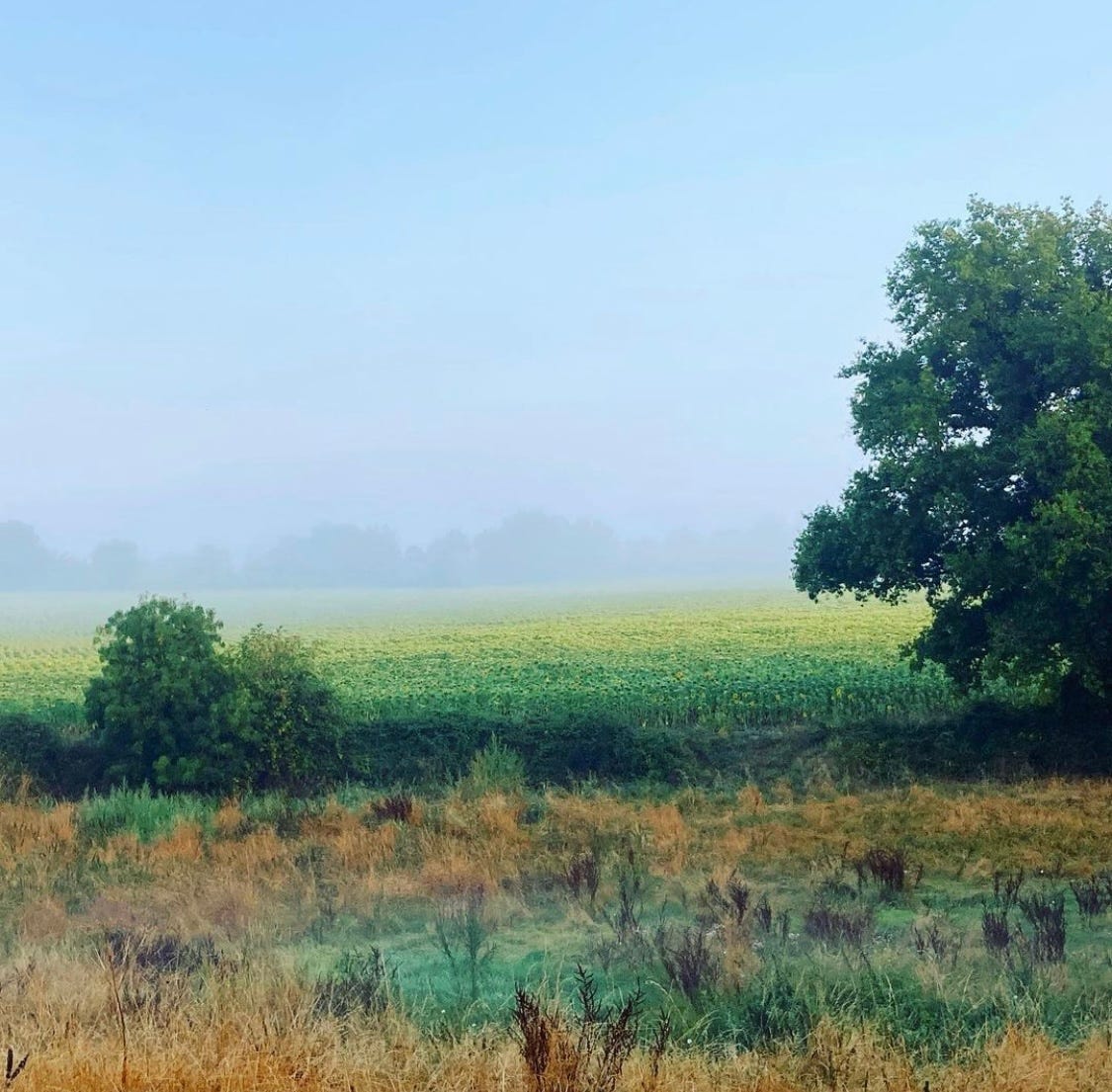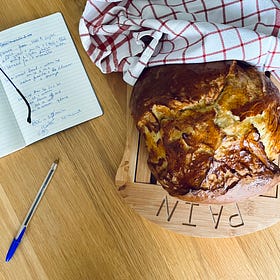If I had woken up in Vendée today, I’d run through vineyards and wheat fields. It’d be foggy, the tree trunks wet, the air would smell like an after-party. I’d continue up the hill, until the abandoned mansion, and back down through the woods, where the ground would be muddy enough to make me sweary and happy. I always get lost at that point—'follow the river,’ mum would have told me, but the land is always flooded these days—so I’d be getting lost, and circle back towards town. There aren’t any stalls inside the market hall anymore, but I still pass through the parking at the front so I can wave at the man who sells oysters at the back of his car. Then I’d reach the large roundabout that marks the beginning of town, which would be perked with festive decorations at this time of the year. The junction leads to the main road that links the towns before and after, with shops on each side: a GP practice and pharmacy on the right, three hairdressers with puns for names, a florist, the tabac and post office on the left; two bakeries, one on each pavement, but the one where I go to buy one gâche for breakfast and one baguette for lunch. With breads tucked under my arm, sweet and savoury, I’d trot back to the house. Reines-Claudes Bonne Maman jam jar on the kitchen counter, Maman brewing coffee – ‘Alors,’ she would ask how far I had run. The smell of butter, a roof for our tastebud.
I’m not able to travel to France at the moment, so I’m bringing a touch of it to Glasgow with a revised recipe for a gâche (scroll down to the end for the full recipe). This time, I approached the dough more like a loaf of bread than a brioche — less technique, more patience — and I’m really pleased with the result. But, wait, what’s a gâche? It’s one brioche of a kind:
France is the land of breakfast, and Vendée doesn’t disappoint. ‘La gâche vendéenne’ is denser than any other brioches, the shape of a rugby ball and the crust generous, its recipe includes crème fraîche. The top is scored, and the dough shouldn’t be fitted inside a mould when baking. In 2013, the gâche vendéenne was granted the IGP – European protected geographical indication – for its production and my mother tells me one of the two bakeries in the village where she lives has lost its label IGP. They advertised ‘gâches’ but they didn’t use crème fraîche, rumour has it. The making of this kind of brioche vendéenne can be traced back to the Middle Ages and was originally prepared for Easter: kneaded during Easter Friday, baked on Saturday morning and consumed upon returning from mass. These days the gâche features on breakfast tables and during the goûter (/snack time between lunch and dinner); it’s delicious on its own, dipped into coffee, while some might want to add a nugget of butter or other spreads on top. Gâche is also served at traditional weddings when the brioche is carried over a large wooden board by the newly-wed couple and the ‘danse de la brioche’ is performed, before the crust is shared between the guests. The wedding edition weighs a mighty 10+ kilograms.
The above paragraph is an extract from a previous newsletter:
La Vendée
Last week, I returned to la Vendée. The history of my family is as such that younger generations have had little access to the archives of our name, however the western department of Vendée is a connection point. When I was a child, I spent my summers in Les Sables-d’Olonne, a city famous for its estuary and port, a holiday destination and the house whe…
Since this newsletter is on a virtual trip in France, I’m sharing a book roundup with six of my favourite French-language novels. I’ve focused on contemporary titles and novels that might appeal for long, winter evenings (or long, summery days depending on where you’re reading this newsletter..!). I also stayed away from the names I often quote (coucou Duras and Ernaux).
Keep reading with a 7-day free trial
Subscribe to The Onion Papers to keep reading this post and get 7 days of free access to the full post archives.







